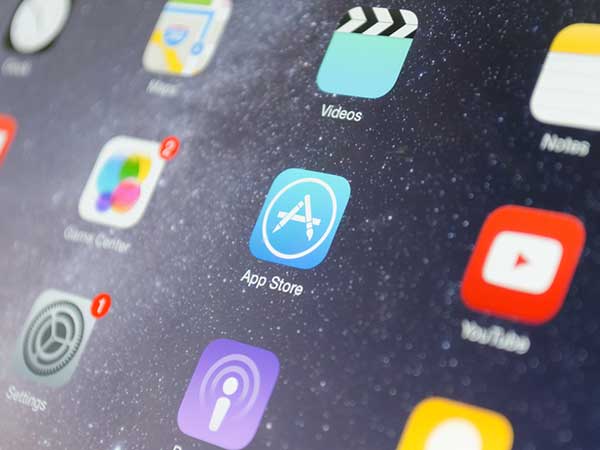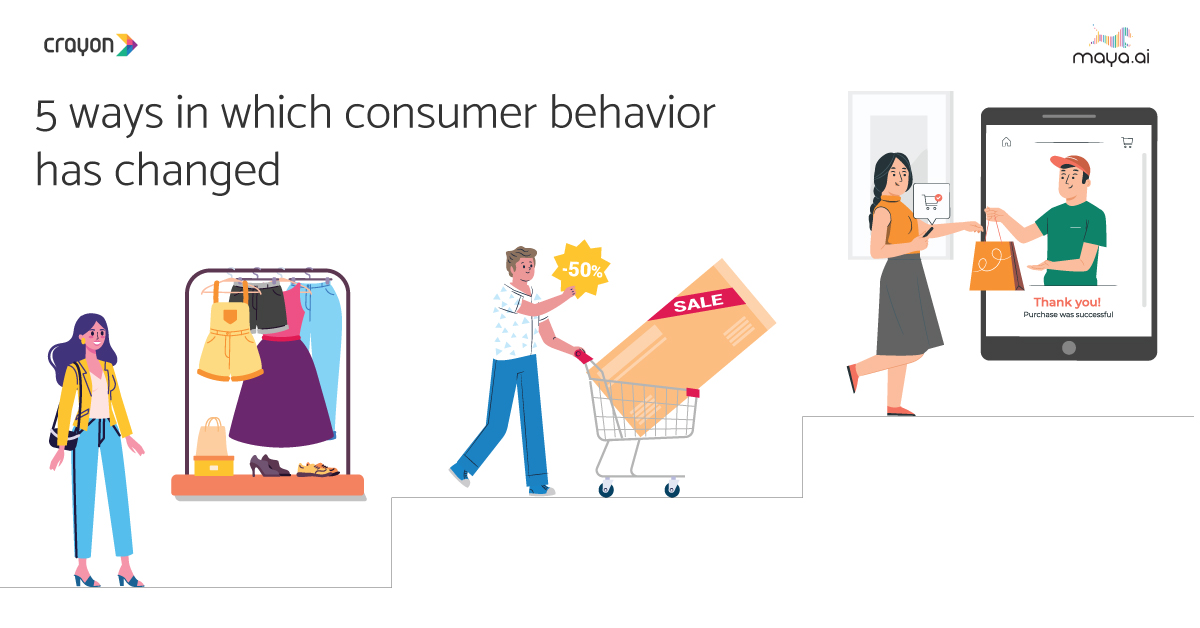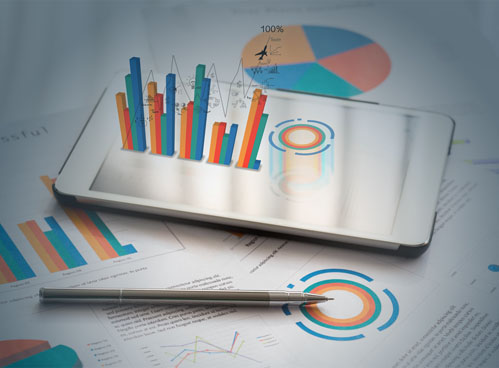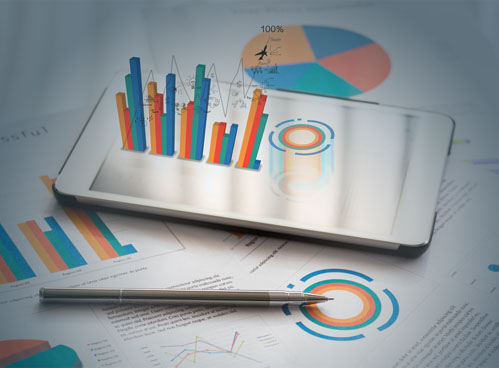Self-driving cars, home automation, virtual assistants…it’s clear we’ve already seen some outstanding technological advances and are on the brink of more significant breakthroughs. Alain Fiocco, CTO for OVHcloud, calls 2020 “a new era” for technology. But with all new advances, which will pull ahead in 2020? Here is a breakdown of the top five telecom trends to watch for in the year ahead.
5G
5G (5th Generation) connections will bring about a digital metamorphosis. Right now, the world runs on 4G, also known as LTE. But the release of 5G for mobile network technology will bring about what experts are calling a “fourth industrial revolution.” Cellular networks will get a facelift with new cell towers and faster service that increase connectivity by a hundredfold. In fact, 5G may have the capability to link “100 billion devices simultaneously.”
And that’s not the only change 5G will bring. Telecoms will likely shift from just distributing tech also to becoming service providers. With that ability, telecoms will be able to interact more with their customers as they help them navigate their 5G access.
Internet of Things
The Internet of Things (IoT) is a system of interconnected internet-based devices that can exchange data. IoT already plays a considerable role in the telecom market. With the help of 5G and the technological developments on the horizon, IoT will reach even newer heights.
With the push of this new potential, we’re likely to see a rise in dependence on IoT. And according to telecom marketing company Jaymie Scotto & Associates or JSA, that need will fuel more opportunities for telecoms in IoT-dependent industries.
Artificial Intelligence
Artificial Intelligence (AI) isn’t new to the game of innovation. Revolutionary ideas and creations have been happening for decades. Between the 1950s and 1970s, great minds could be found at places like Dartmouth, MIT, and Cambridge, bringing about revolutionary ideas for AI, including algorithms, micro-worlds, and inventions such as Joseph Weizenbaum’s ELIZA.
Today, AI has advanced into our homes, commutes, and workplaces. Robots perform complicated surgeries and electric Tesla cars are now on the roads. The jump to 5G will continue to revolutionize market opportunities for telecoms. AI-domination used to be a word to describe humankind’s greatest fear, but it’s fast becoming a norm.
Self-driving cars, for instance, are forecasted to be a $20 billion industry by 2025. Telecoms will see a significant surge in needing to help balance the infrastructure and security concerns. Meaning while telecoms will continue to service connections to IoTs, chances of security breaches and violations of privacy will need to crack down even more than ever.
Cloud Computing
With all the advances in technology, one of the biggest to take off will no doubt be cloud computing. Entrepreneur predicts we will see domination by cloud computing, and it will continue to “be a platform for emerging technologies for AI, blockchain, and IoT.” Investment rates in the cloud are predicted to rise by 6.9% per year to reach $90.9 billion by the year 2023. In 2020, we’re likely to see a need for new services, reduction of costs to maintain competitiveness in the market, and adjusting to fluctuations more effectively.
Telecoms can keep up by utilizing cloud computing’s pay-per-use service model to present new services and adjust to the market demands. Between the anticipated growth and cost-effectiveness, telecoms have the advantage of being a cloud provider while also adapting the tech themselves, which will increase business functions by adding new services and increase efficiency with improved communication.
Resilience in Cyber Security
Because telecoms are operating with vast amounts of sensitive data using complex networks, they are on cybercriminals’ radar. It’s common for people to take the services provided by telecoms for granted, including emails and messaging, phone calls, and video connections. Once those go down due to cyberattacks, it’s a quick way to remind people just how dependent we are on them. For instance, the malfunction of Google Drive in February had people scrambling to save their work and complete assignments on another outlet until the issue could be resolved.
Cyberattacks can include everything from malware to direct attacks through hacking. Quite a few companies came under attack last year, leaving personal data vulnerable. With the launch of 5G and the broader reach of the IoT, the world may be at increased risk for these attacks.
Initiatives that protect against adware, malware, and viruses will be valuable, but telecoms will need to be prepared to protect privacy in a more robust way. InformationAge points out that “As networks become increasingly software-defined, their infrastructure is as vulnerable to attacks as the bits and bytes sent through the network.”
And that’s where AI could play a pivotal role. Telecoms will move forward to meet the more rigorous security demands with the help of AI. Major tech companies anticipate using AI initiatives will likely be at the forefront for data security, specifically in light of the expected increase of connected devices with the help of 5G and IoT.
Conclusion
Technological advances are ushering in a new era of thought, innovation, and a drive to get better and reach further. Telecoms will no doubt need to act quickly to keep up. Tridens Technology says in order for telecoms to be successful, they need to “attain a competitive edge, flexibility, agility, and capacity to capture more opportunities by adopting telecom trends.”
It was the late Steve Jobs who said, “Innovation is the ability to see change as an opportunity.” This new decade will surely bring about some incredible changes to the digital space, which in turn will impact human lives.

























